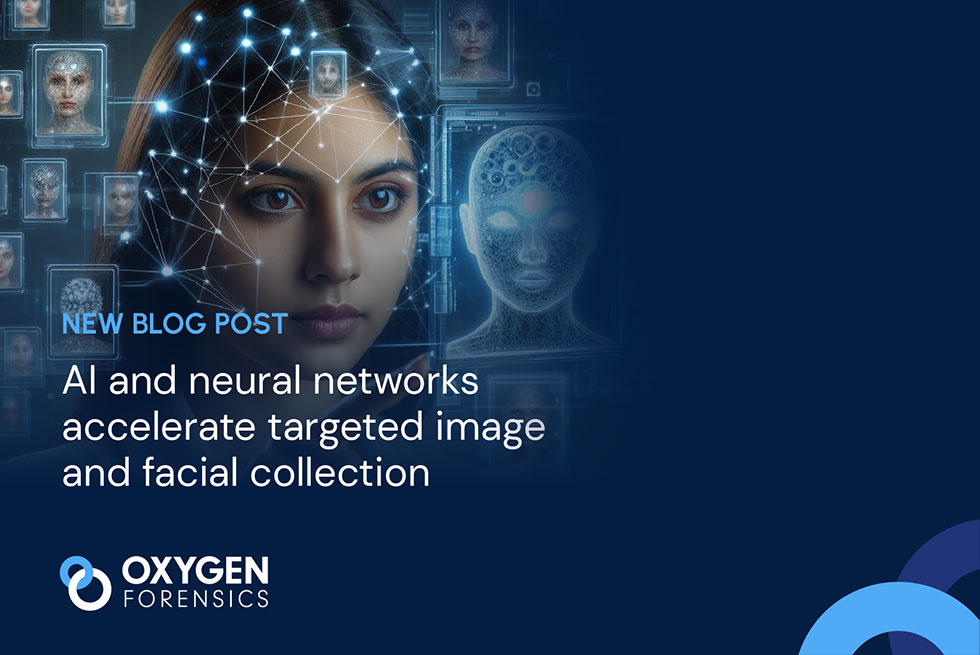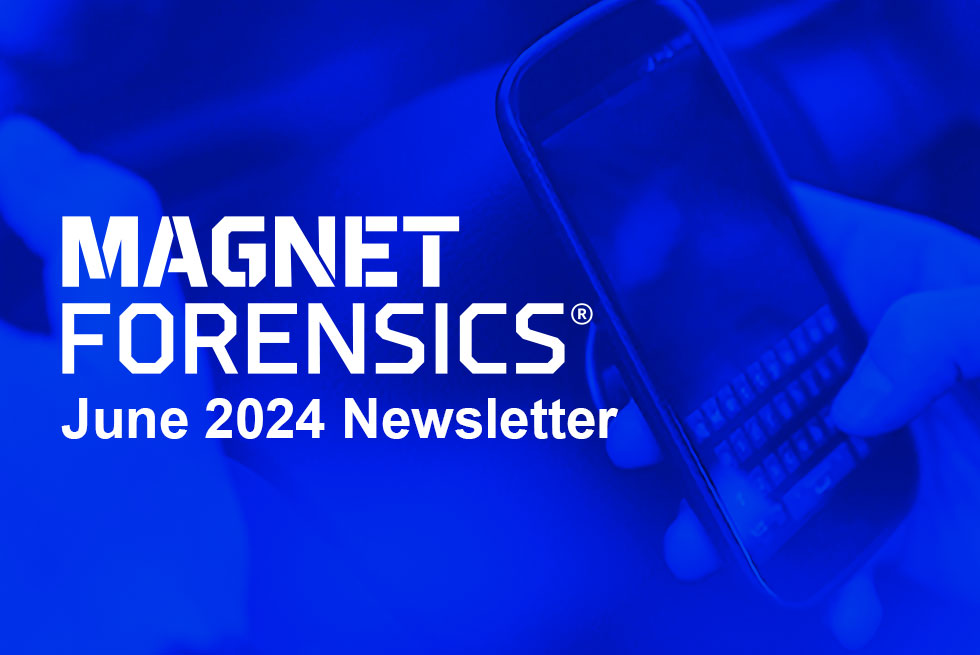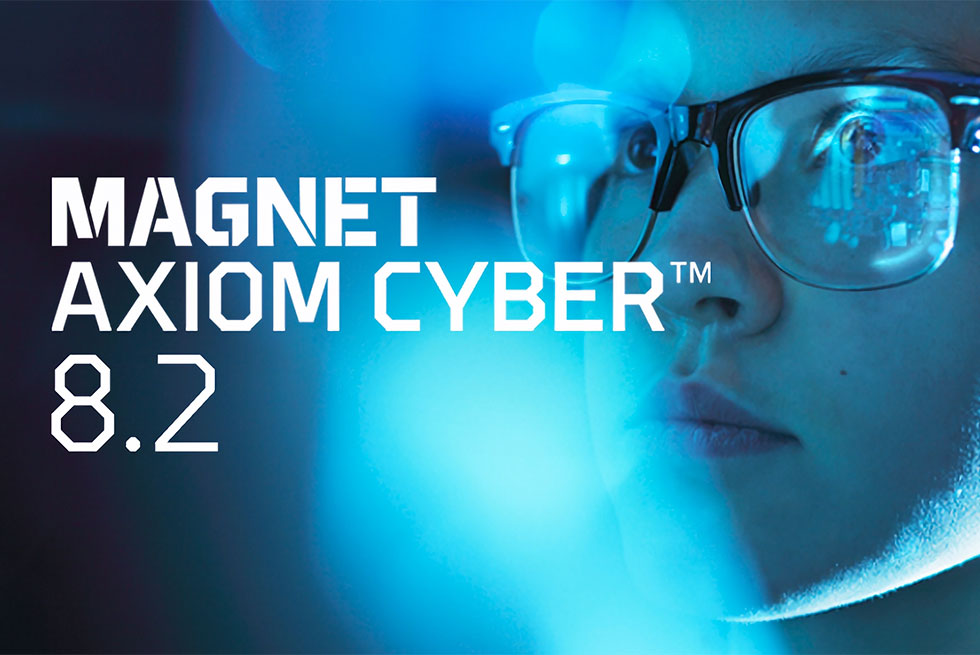
AI and neural networks accelerate targeted image and facial collection.
May 20, 2024
The emergence of Artificial Intelligence (AI) and neural networks as integral assets for digital forensics investigations is ever-increasing. The automated investigative capabilities of AI and neural networks shine when leveraged in targeted image and facial collection. AI and neural networks boost targeted image and facial collection by automating image analysis, detection, and selection, streamlining previously mundane and time-consuming tasks for optimum/optimal efficiency and accuracy.
AI and neural network image and facial capabilities
Facial recognition: Facial recognition uses for personal security in mobile devices are already a part of our everyday life. Neural networks in AI-powered facial recognition systems identify and verify individuals within an image or video source. The following capabilities make AI and neural networks valuable to law enforcement and incident response investigations in which image and facial categorization must be sorted:
Object detection: To empower targeted image collection, neural networks can be trained to detect specific objects or features within images, reducing time needed to sift through large datasets with improved accuracy.
Semantic segmentation: The ability to focus on specific elements within images is possible using AI algorithms designed to identify and isolate details and anomalies.
Content filtering: AI can use predefined criteria to filter images, enabling faster targeted collections of relevant images with better accuracy.
Active learning: AI algorithms designed to improve model performance can selectively collect or label images by prioritizing the collection of the most informative data.
AI and neural network in image and facial recognition use cases
AI and neural networks boost targeted image and facial collection by automating image analysis, detection, and selection, streamlining previously mundane and time-consuming tasks for optimum/optimal efficiency and accuracy.
Investigation use cases include:
- Identification of known individuals from images collected from mobile devices and cloud services. AI and neural networks are used to cluster or group all faces in similar “buckets” for easy identification of all images and videos with the subject.
- Location of endangered children, human trafficking, or other crimes through the search of all known images and videos uploaded within digital forensics tools such as Oxygen JetEngine, and grouping with high confidence levels.
- Data can be collected from drone-captured images and videos and analyzed to identify possible known suspects and even terrorists.
Image and facial recognition and categorization features
The following features are vital when considering built-in image and facial recognition tools to elevate your investigations:
- Industry leading accuracy as measured by NIST
- Detailed face analytics categories including gender, race, emotion.
- Identification of faces wearing glasses, hats, and masks.
- Analysis of new face sets against known subject face sets.
- Immediate facial categorization and matching.
- Identification support when sifting through massive volumes of data.
AI and neural networks are essential to accelerate targeted image and facial collection
As backlogs of cases linger unresolved, investigations can increase their efficiency realizing the benefits of targeted image and facial collection. Built-in facial and video recognition capabilities leveraging the power of AI and neural networks are essential for investigators challenged with sorting through increasingly large datasets of images and videos to find the evidence better and faster. Oxygen Forensic® Detective includes industry leading AI- and neural network-powered facial and image recognition and categorization capabilities designed to streamline data searches and analysis.



